RESTORATIVE DRY EYE CLINIC
COMPREHENSIVE TREATMENTS AT AFFORDABLE PRICES
Jump to: Symptoms >> Risk Factors >> Causes >> About The Restorative Dry Eye Clinic >> Treatments >> Book Now
Jump to: Symptoms >> Risk Factors >> Causes >> About The Restorative Dry Eye Clinic >> Treatments >> Book Now
Symptoms
Red
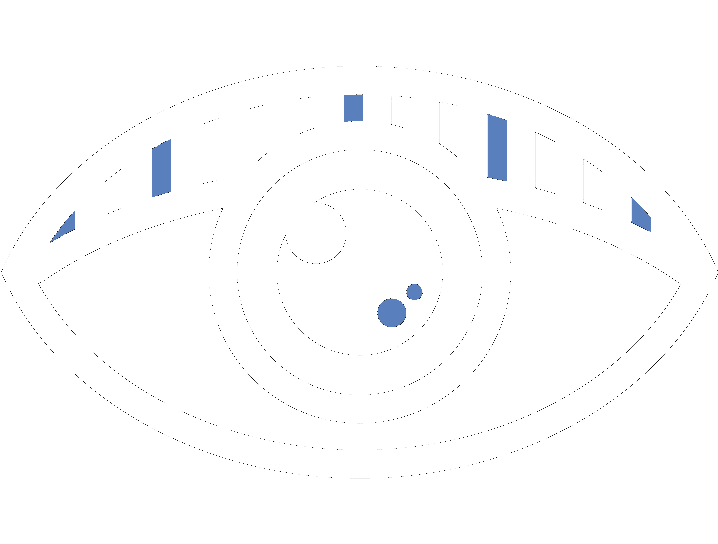
Scratchy
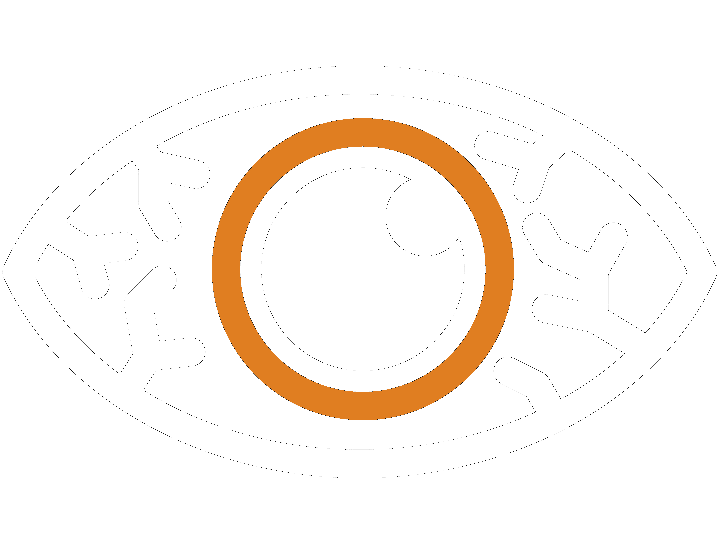
Painful
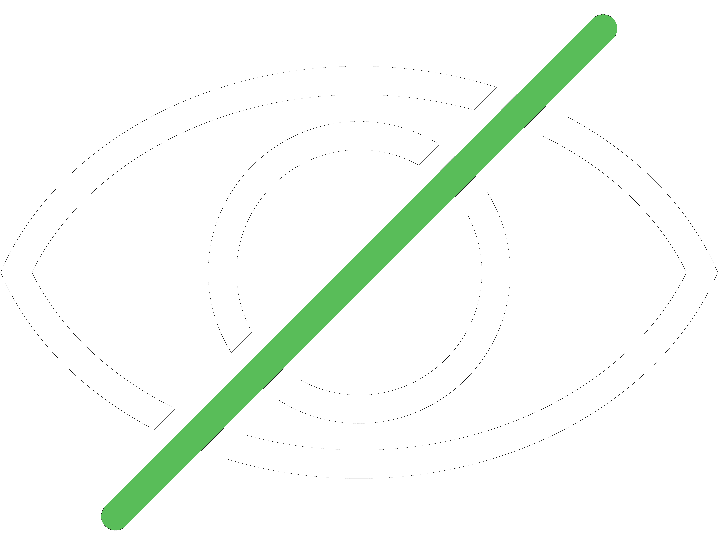
Blurry Vision
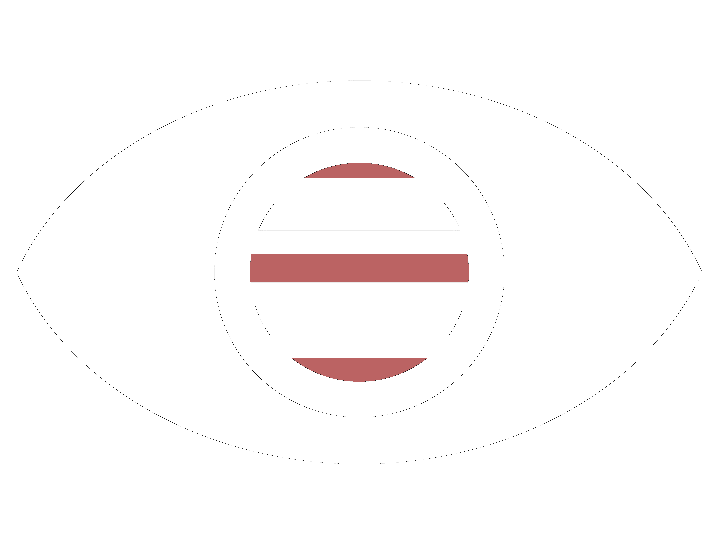
Burning or Stinging
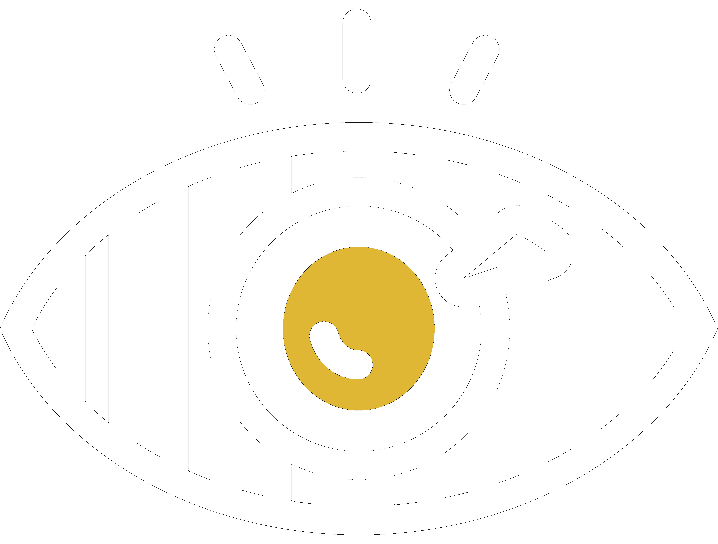
Feeling of Object in Eye
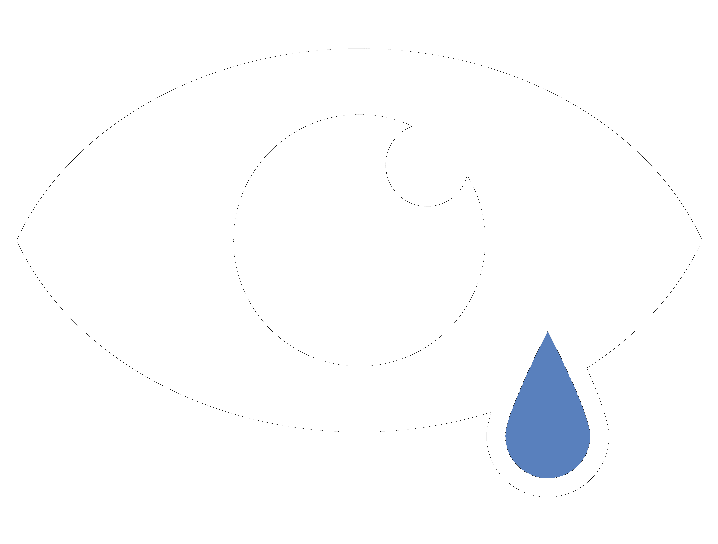
Watery
RISK FACTORS
Age & Sex
Women and older adults are most at risk
Environmental Factors
Dry climate, computer usage, and air quality , for example
Eye History
Long-time contact-use and laser vision correction are risk factors
Medical Conditions
Rh+ arthritis, diabetes, thyroid issues, rhinitis, rosacea, and eczema increase dry eye risk
Medication
Anti-depressants, antihistamines, blood pressure and acne medications
SYMPTOMS

Redness

Scratchiness

Painful

Blurry Vision

Feeling of Object in Eye

Watery Eyes
RISK FACTORS

Age & Gender
Women and older adults are most at risk
Environmental Factors
Dry climate, computer usage, and air quality can all be contributing factors
Eye History
Long-term contact-wearers and those who’ve had laser vision correction are at greater risk
Medical Conditions
Rheumatoid arthritis, diabetes, thyroid problems, rhinitis, rosacea, and eczema increase dry eye risk
Medication
Antidepressants, antihistamines, blood pressure medications, and acne medications
UNDERLYING CAUSES
Dry eye happens when tear composition is out of balance or when there aren’t enough tears. Usually both issues are at play.
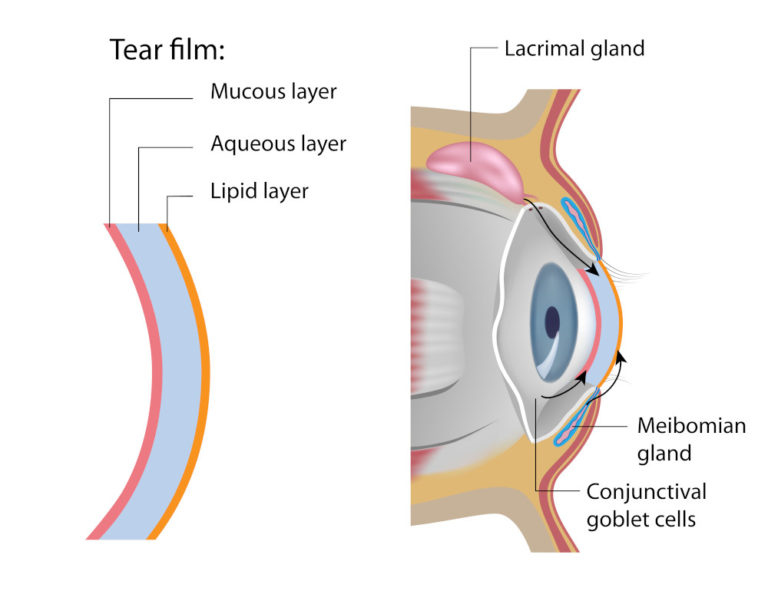
Tear Composition
Abnormal tear composition usually means a problem with the meibomian glands. These glands are responsible for producing an oily substance that forms a protective barrier around the tears to prevent their evaporation (the lipid layer). This protective oily barrier thins when the meibomian glands don’t work properly, leading to accelerated tear evaporation and dry eyes.
Tear Quantity
Various treatments are available in cases where patients don’t produce enough tears, including measures designed to either increase or supplement the body’s natural production of tears or to improve the retention of tears.
Tear Composition
Abnormal tear composition usually means a problem with the meibomian glands. These glands are responsible for producing an oily substance that forms a protective barrier around the tears to prevent their evaporation (the lipid layer). This protective oily barrier thins when the meibomian glands don’t work properly, leading to accelerated tear evaporation and dry eyes.
Tear Quantity
Various treatments are available in cases where patients don’t produce enough tears, including measures designed to either increase or supplement the body’s natural production of tears or to improve the retention of tears.
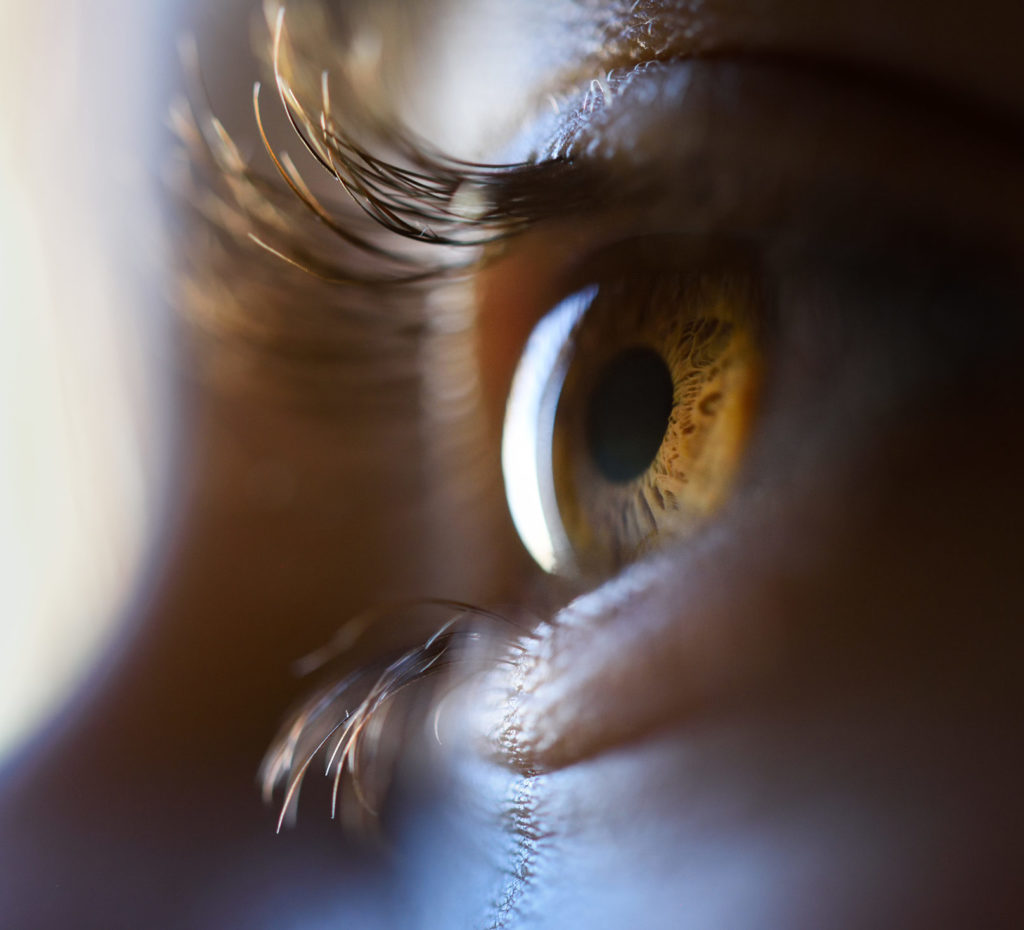
ABOUT THE RESTORATIVE DRY EYE CLINIC
We Do More
We can do more than just suggest applying heat or using artificial tears. Our extensive, restorative treatment options are designed to give you meaningful relief from your dry eye symptoms.
No Waiting Period
No need to wait for a specialist referral or appointment. We offer short wait times and all treatments are administered by a qualified eye doctor.
Affordability
When you choose the Restorative Dry Eye Clinic at Old Street Optometry you can feel confident that you’re getting the best care at the lowest possible price point.

DRY EYE TREATMENTS
If the cause isn’t obvious, we will perform diagnostic tests to confirm the best treatment options. Diagnostic tests can include…
We use a special camera to examine your meibomian glands for abnormalities.
A measure of tear concentration levels to determine the relative concentration of water compared with dissolved substances.
High concentrations of this inflammatory protein in the tear film can be a contributing factor to dry eye.
We measure tear volume to determine whether your body is naturally producing enough tears.
We use a special dye to stain the tears, which helps us observe how quickly the tears evaporate from the eye’s surface.
We use a special camera to examine your meibomian glands for abnormalities.
A measure of tear concentration levels to determine the relative concentration of water compared with dissolved substances.
High concentrations of this inflammatory protein in the tear film can be a contributing factor to dry eye.
We measure tear volume to determine whether your body is naturally producing enough tears.
We use a special dye to stain the tears, which helps us observe how quickly the tears evaporate from the eye’s surface.
Your Optometrist will recommend and perform one or more of the following treatments, depending on the underlying cause of your condition
BlephEx™

The BlephEx™ device offers a new and revolutionary treatment for blepharitis. Using the device, your Optometrist precisely and carefully spins an exfoliating micro-sponge along your lashes and the glands located in your eyelids to restore the body’s natural oil production by removing scales and other debris which contribute to inflammation.
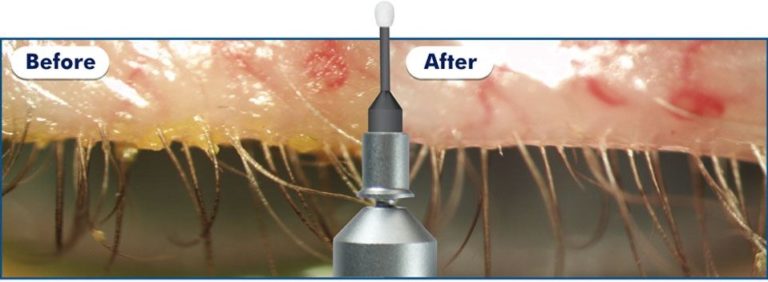
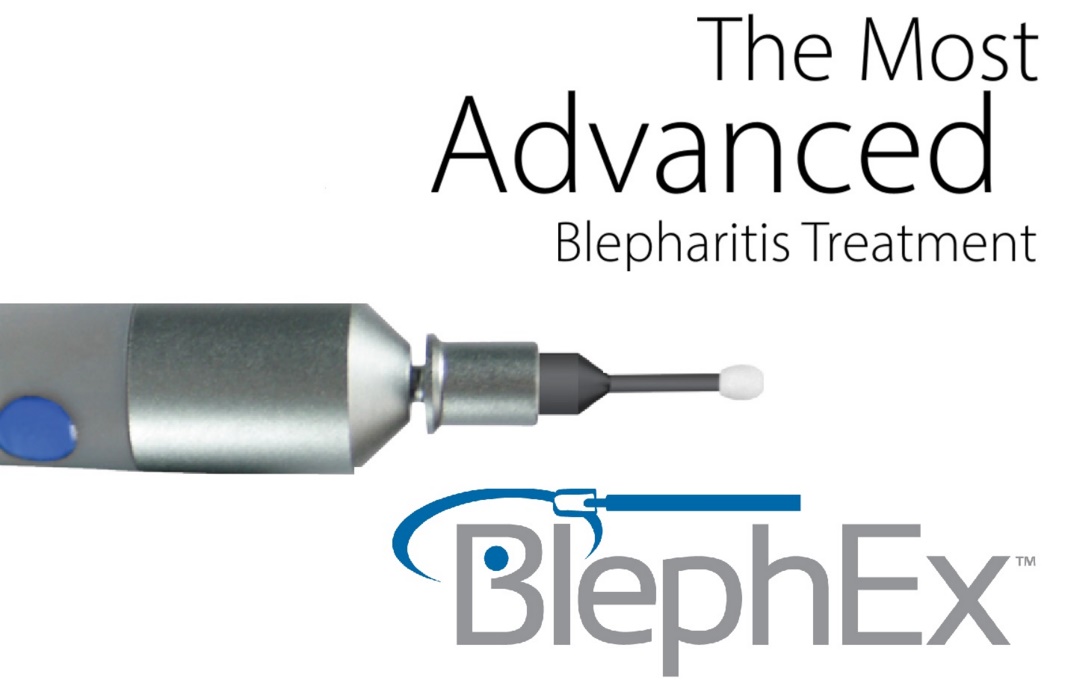
BlephEx™
The BlephEx™ device offers a new and revolutionary treatment for blepharitis. Using the device, your Optometrist precisely and carefully spins an exfoliating micro-sponge along your lashes and the glands located in your eyelids to restore the body’s natural oil production by removing scales and other debris which contribute to inflammation.

Intense Pulsed Light (IPL) Therapy
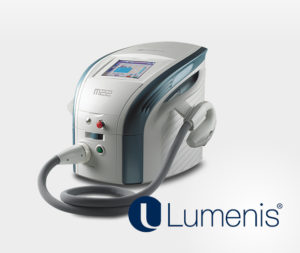
Originally conceived to treat inflammatory skin conditions like acne and rosacea, IPL therapy has recently become a promising new treatment for dry eye sufferers⁽⁵⁾. It addresses the underlying causes of dry eye disease (DED) by applying penetrating pulses of light to reduce inflammatory markers associated with DED and to stimulate the oil-producing glands under the skin. Research has shown promising results, with one study finding measurable improvement in 87% of patients and a patient satisfaction rate of 93%⁽⁶⁾. A separate study noted symptom improvement in 89% of patients⁽⁷⁾.
IPL therapy usually consists of several treatments performed at 4-6 week intervals, followed by maintenance treatments as needed thereafter. IPL therapy may be provided in conjunction with digital gland expression and/or prescription medications to improve results. IPL treatments are generally effective and take very little time.
Note: The IPL device featured in this segment is provided by a different supplier than the IPL device used by our clinic, which is made by Lumenis®.
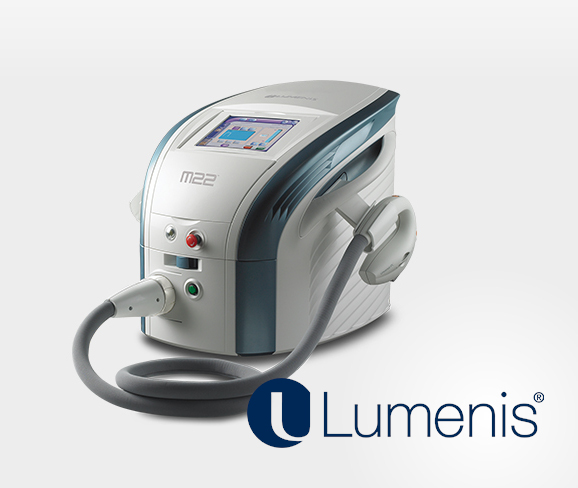
Intense Pulsed Light (IPL) Therapy
Originally conceived to treat inflammatory skin conditions like acne and rosacea, IPL therapy has recently become a promising new treatment for dry eye sufferers⁽⁵⁾. It addresses the underlying causes of dry eye disease (DED) by applying penetrating pulses of light to reduce inflammatory markers associated with DED and to stimulate the oil-producing glands under the skin. Research has shown promising results, with one study finding measurable improvement in 87% of patients and a patient satisfaction rate of 93%⁽⁶⁾. A separate study noted symptom improvement in 89% of patients⁽⁷⁾.
IPL therapy usually consists of several treatments performed at 4-6 week intervals, followed by maintenance treatments as needed thereafter. IPL therapy may be provided in conjunction with digital gland expression and/or prescription medications to improve results. IPL treatments are generally effective and take very little time.
Note: The IPL device featured in this segment is provided by a different supplier than the IPL device used by our clinic, which is made by Lumenis®.
Punctal Plugs
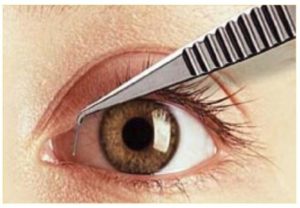
Punctal plugs are tiny, bio-compatible silicone or collagen plugs which are inserted into the tear duct openings (puncta) to prevent the body’s naturally produced tears from draining out of the eye. Punctal plugs are considered semi-permanent and usually last indefinitely, but can be easily removed where necessary. Plug insertion may be slightly uncomfortable but is not painful. Patients generally do not feel the plugs once they have been inserted.
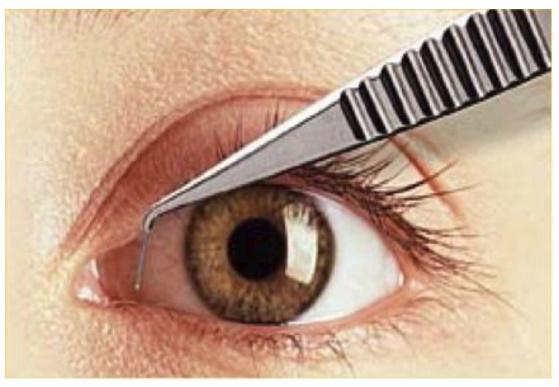
Punctal Plugs
Punctal plugs are tiny, bio-compatible silicone or collagen plugs which are inserted into the tear duct openings (puncta) to prevent the body’s naturally produced tears from draining out of the eye. Punctal plugs are considered semi-permanent and usually last indefinitely, but can be easily removed where necessary. Plug insertion may be slightly uncomfortable but is not painful. Patients generally do not feel the plugs once they have been inserted.
Prescription Drops
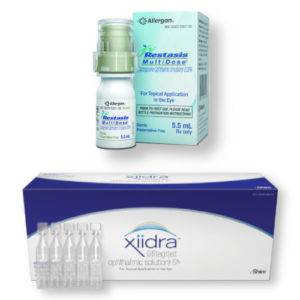
Prescription eye-drop medications are commonly used to treat the symptoms associated with certain types of dry eye disease. They may be used independently or in conjunction with each other, depending on the diagnosis. Some drops work by increasing the body’s natural tear production, while others work by reducing inflammation linked to poor tear production and quality.
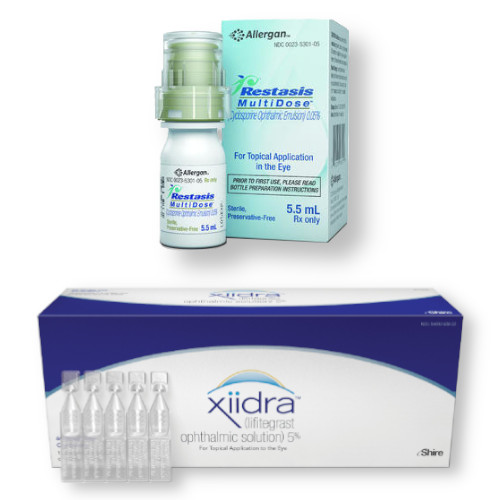
Prescription Drops
Prescription eye-drop medications are commonly used to treat the symptoms associated with certain types of dry eye disease. They may be used independently or in conjunction with each other, depending on the diagnosis. Some drops work by increasing the body’s natural tear production, while others work by reducing inflammation linked to poor tear production and quality.
Scleral Lenses
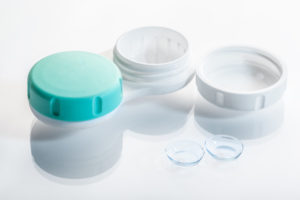
Essentially over-sized, rigid contacts, scleral lenses can help patients experiencing moderate-to-severe dry eye symptoms by helping to retain tear volume above the cornea, the most sensitive part of the eye. Scleral lenses have been found to be “efficacious and well tolerated for use in severe dry eye syndrome” and often result in improved visual acuity⁽⁸⁾.
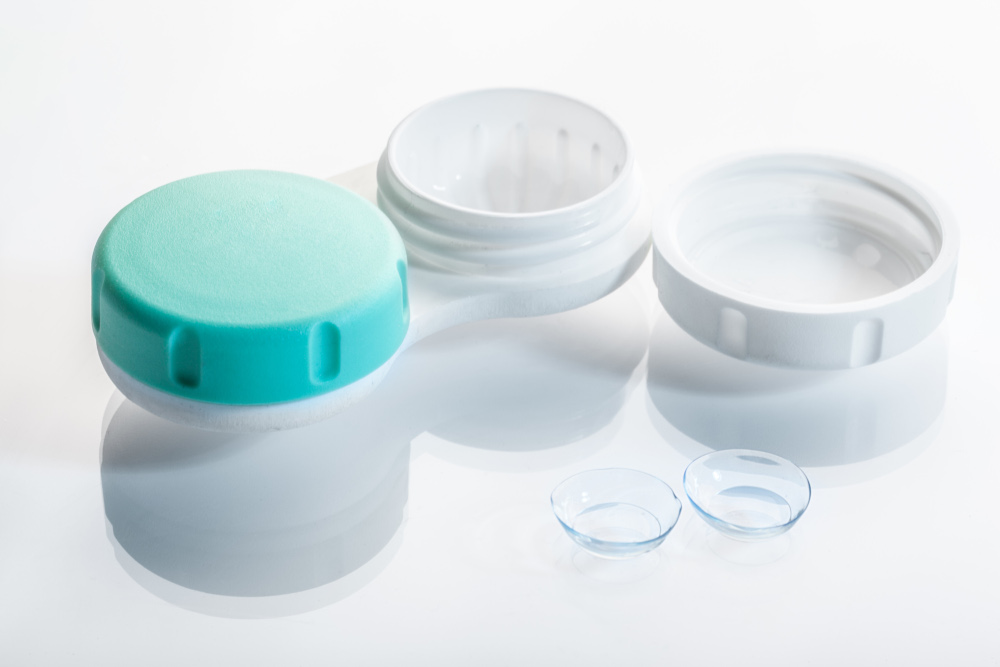
Scleral Lenses
Essentially over-sized, rigid contacts, scleral lenses can help patients experiencing moderate-to-severe dry eye symptoms by helping to retain tear volume above the cornea, the most sensitive part of the eye. Scleral lenses have been found to be “efficacious and well tolerated for use in severe dry eye syndrome” and often result in improved visual acuity⁽⁸⁾.
Autologous Tears
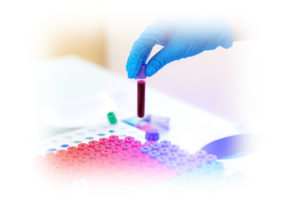
Autologous tears (or autologous serum eye drops) are derived from the patient’s own blood plasma. The resulting fluid contains vitamin A, immunoglobins, fibronectin and other components present in healthy tears. These components are beneficial to maintaining and repairing the top layer of cells lining the cornea, which often sustain damage in cases of severe dry eye.
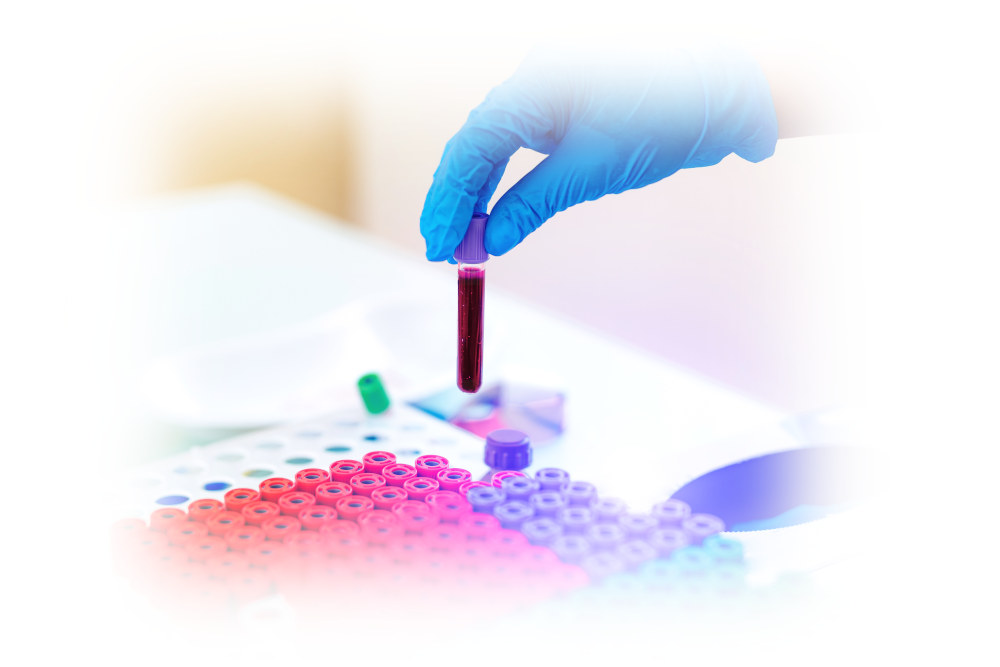
Autologous Tears
Autologous tears (or autologous serum eye drops) are derived from the patient’s own blood plasma. The resulting fluid contains vitamin A, immunoglobins, fibronectin and other components present in healthy tears. These components are beneficial to maintaining and repairing the top layer of cells lining the cornea, which often sustain damage in cases of severe dry eye.
At-Home Remedies

Artificial tears, lid-care wipes, hot-eyelid compresses, and Omega-3 fatty acid supplements can all be effective at-home remedies. Such remedies are most effective for patients suffering from mild dry eye or when used in conjunction with more advanced treatments. Talk to your optometrist to learn more.
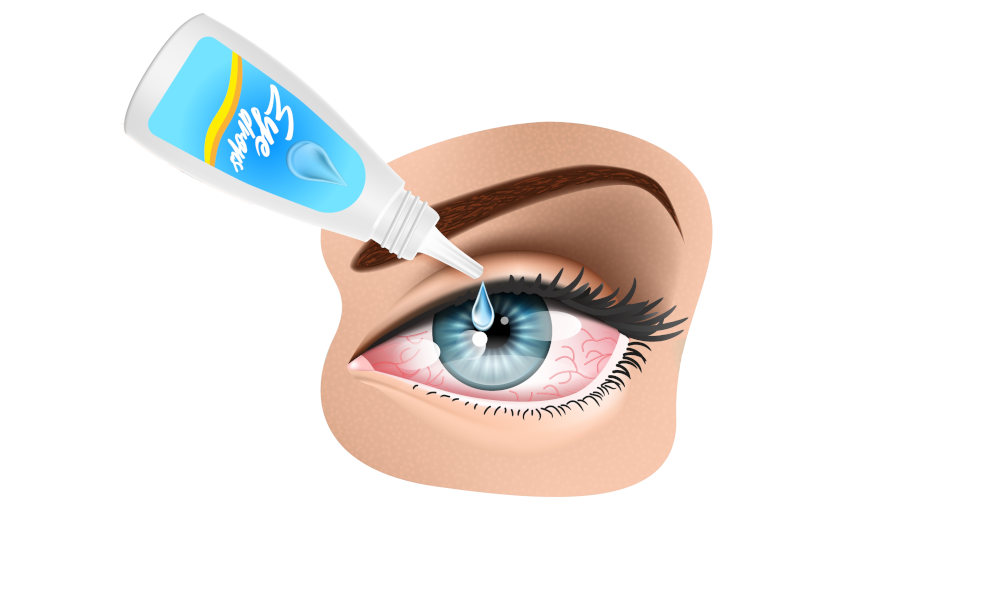
At-Home Remedies
Artificial tears, lid-care wipes, hot-eyelid compresses, and Omega-3 fatty acid supplements can all be effective at-home remedies. Such remedies are most effective for patients suffering from mild dry eye or when used in conjunction with more advanced treatments. Talk to your optometrist to learn more.